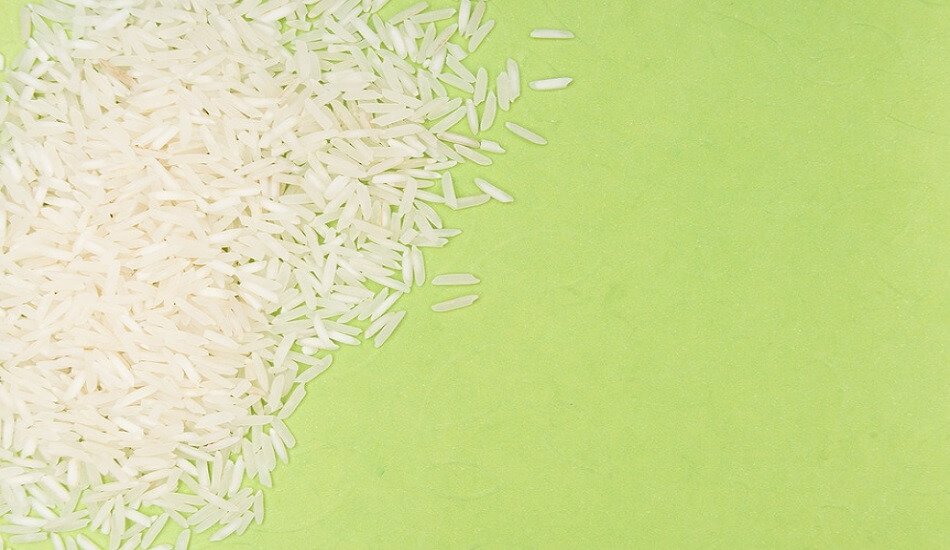Rising pesticide residues standards may reduce Basmati rice exports.
Basmati rice varieties, notably the world’s longest grain developed by the Indian Agricultural Research Institute (IARI), are under potential danger in the export market after countries such as Jordan and Qatar began adhering to the European Union’s (EU) maximum residue limit (MRL) guidelines.
However, IARI’s new disease-resistant varieties and FSSAI’s planned domestic standards may let India deliver the world’s safest aromatic rice.
The basmati business is also concerned that the planned FSSAI MRL requirements, which are tighter than the Codex norms that are generally adopted globally, may restrict basmati exports. The All India Rice Exporters Association (AIREA) has asked the government not to adopt the planned rice MRL.
Also Read | India’s basmati rice export to Iran fell by fifth year lowest as its currency worsen.
Exports are declining
Due to quality constraints, basmati rice exports to the European Union fell 35% to 2.2 lakh tonnes (lt) in 2021-22 from the previous year, while total aromatic rice shipments to all nations fell 15% to 39.5 lt. Though shipments to the UAE and Lebanon climbed in the latest fiscal year, they remain lower than prior highs. According to reports, three primary types — Pusa Basmati (PB) 1121 (the world’s first most extended rice after cooking), PB 1509, and PB 1401 — account for almost 90% of basmati exports.
For example, shipments to the UAE were around 2.6 lt last year, compared to approximately 3 lt in 2018-19. Similarly, shipments to Lebanon fell by a fifth in 2020-21 but rebounded somewhat last year to around 9,300 tonnes. Despite industry concerns about Egypt, which has begun to adopt EU MRL standards, it has been expanding every year for the last five years. Last year, the UAE, Lebanon, Jordan, Qatar, and the EU combined accounted for 16% of India’s total Basmati export.
The FSSAI MRL rules were initially issued in December 2018, and a draught notice was released in August 2020, in which MRLs for several pesticides were made extremely harsh. FSSAI has suggested changing MRLs for 18 pesticides used in the rice crop (including Basmati). According to reports, Acephate and Chlorpyriphos are two of the nine pesticides that have aroused concerns in the EU.
When implemented
According to the 2018 FSSAI announcement, the MRL for carbendazim and cypermethrin is 2 (mg/kg), which has been suggested to be decreased to 0.05 and 0.01, respectively. ‘We are unable to meet even the FSSAI’s 2018 standards.’ If the amended 2020 notice is adopted, pesticide residue standards will become more strict, resulting in a substantially larger decline in future shipments,’ claimed an industry representative to the government.
‘If the 2020 notification is executed, not a single grain of Basmati rice produced would be compatible with requirements,’ an exporter explained.
‘Residue problems have plagued Indian Basmati since 2012.’ Ad hoc remedies to residue concerns in the past have jeopardized exports,’ said S Chandrasekaran, a trade policy specialist. Chandrasekaran suggested that exporters work with specialized backward linkages systems until individual farmers are the solution and that the government should issue varieties after sufficient vetting in compliance with evolving SPS criteria. He further stated that the draught FSSAI guidelines may be the impetus for finding a lasting solution to this situation.
Disease-resistant cultivars
However, AK Singh, director of IARI and creator of PB 1509, stated, ‘It is not that the problem has arisen as a result of PB 1121 or PB 1509.’ (both of which are grown in 6 lakh hectare area, each). The early cultivars were also susceptible to disease. Disease arises throughout the time when an area under a specific variety increases, which is a natural phenomenon.
Also Read | Iran clearing Indian basmati rice exporters’ debts of Rs 1,700 crore.
Singh stated that IARI has produced three superior types to combat bacterial blight and blast diseases: PB 1509 will be replaced with PB 1847, PB 1401 will be replaced with PB 1886, and PB 1121 will be replaced with PB 1885. During the most recent Kisan Mela in March, IARI handed 20 quintals of these seeds to 2,000 farmers for multiplication (1 kilogram can yield 2 quintal seeds) in this Kharif season, Singh said, adding that in 2-3 years, they would be able to address certain issues, notably concerning Tricyclazole.
‘Right now, we’re focusing on developing certain variants to combat the Brown planthopper, another frequent pest in paddy,’ Singh explained.


















Add Comment